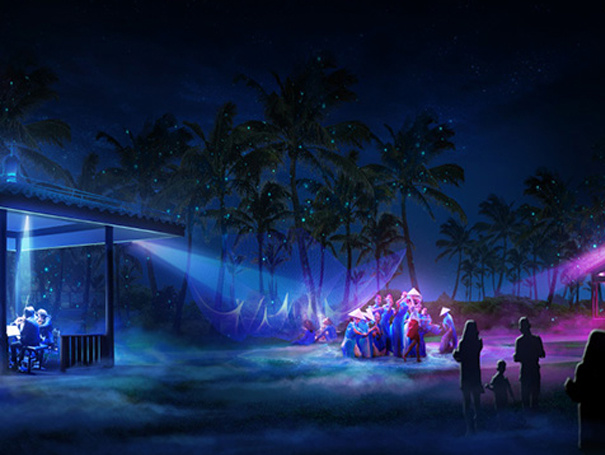22
2020
-
10
The difference between studio lighting design and stage lighting design
Author:
Stage lighting design is mainly aimed at the lighting design of theatrical stage performances, while studio lighting design is aimed at the lighting design of TV program recording. The stage lighting design faces the live audience during the drama performance; while the studio lighting design mainly faces the audience in front of the TV, and more importantly, considering the TV picture effect after the broadcast, the editor will share with you The difference between studio lighting design and stage lighting design.
1. Avoid "black area" in TV pictures
"black area" refers to the large dark part in the TV pictures taken, which makes the pictures appear depressed and empty and affects the broadcasting effect of TV programs. Generally speaking, there is no concept of "black area" in the stage lighting, because the stage lighting only needs to consider the visual picture of the human eye. When designing studio lighting, the lighting engineer should fully communicate with the director and cameraman, know the viewing angle and composition of the camera angle in advance, and avoid "black areas".
2, different requirements for the exposure of lamps
For the exposure of lamps, the stage requirements are relatively strict, especially for realistic dramas performed on the frame stage, such as "Teahouse", "Thunderstorm" and other drama performances, the lamps should be hidden as much as possible to avoid disturbing the viewer's visual experience due to the exposure of lamps. As for studio lighting, many studio lamps are directly exposed, because the camera only shoots a certain area in the studio, as long as the lamps do not appear in the TV picture.
3. The application of "hard light" and "soft light"
The application of "hard light" and "soft light" is a very big difference between studio lighting design and stage lighting design. Hard light refers to light with strong directness, large difference between light and shade of the subject, brighter highlight points and clearer shadow edges, such as LED spotlight. Soft light generally refers to light with strong scattering, small difference between light and shade of the subject, softer highlight points and softer shadow, such as LED video flat panel lights.
On the theatrical stage, spotlights are usually used as the top light. However, if the studio lights use LED spotlights as the top light, the shadows of characters will be stiff, which is not suitable for the picture requirements of news or interview programs. For small and medium-sized studios, the light distribution usually requires soft character modeling and no stiff shadow and black areas. Therefore, soft light lamps are generally used, and the diffuse reflection degree of lamps is relatively large. In studio lighting, LED film and television flat panel lights are usually used to give people cloth surface light, side light, etc., while LED spotlights are used as backlighting lamps for people's modeling.







